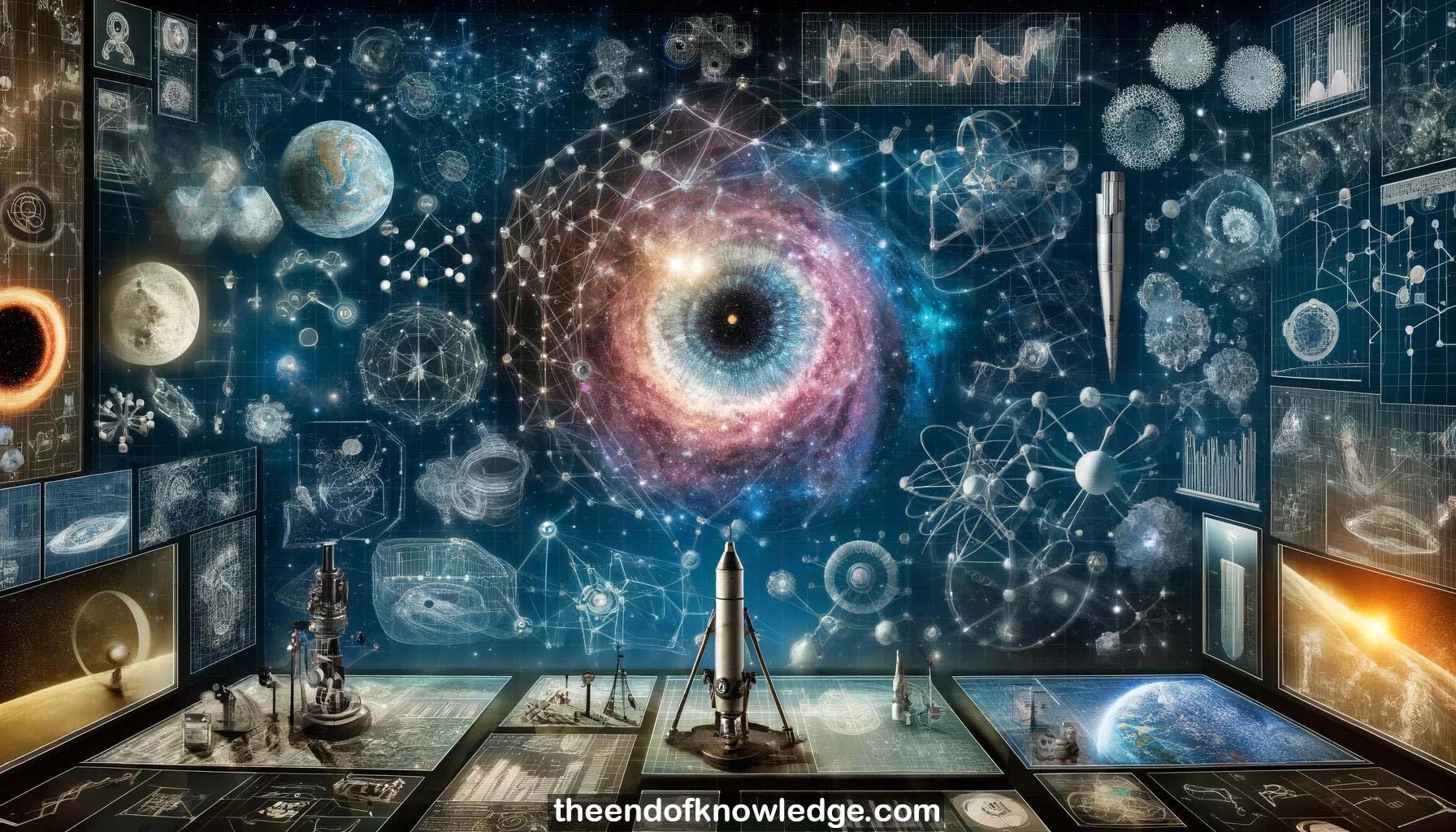 >
>
Concept Graph & Resume using Claude 3 Opus | Chat GPT4 | Gemini Adv | Llama 3:
Resume:
1.-The workshop on Fundamental Science in the AI Era at ICLR was held virtually
2.-Franšois Lanusse discussed combining deep learning and physical modeling for uncertainty quantification in cosmology using the Rubin Observatory Legacy Survey.
3.-Lorenzo Zanisi presented work on applying out-of-distribution detection to astronomical images using likelihood ratios from Bayesian neural networks.
4.-Ryan Rees-Griffiths introduced an open source dataset of molecular photoswitches to enable machine learning design of promising new molecules.
5.-Panel discussed if statistics and machine learning fields will merge, Bayesian techniques in science, and dangers of AI making scientists complacent.
6.-Charles An presented an invariant temporal convolutional network for classifying periodic variable star light curves that is phase shift invariant.
7.-John Lin discussed computing transformation importance scores to understand what a fully trained machine learning model has learned.
8.-Panel debated unknown unknowns in physics, if AI can automate scientific discovery, explainability of models, and bias in data.
9.-Ashwin Samudre presented a dense net architecture for radio galaxy classification using transfer learning and cyclical learning rates with limited data.
10.-Sooraj Bhat built a Gaussian process emulator to accelerate cosmological parameter inference for weak lensing using extreme data compression.
11.-Nikita Kosolapov used a Wasserstein GAN ensemble to estimate X-ray photon polarization direction and reconstruct absorption locations in gas pixel detectors.
12.-HÚctor Javier Hort˙a used Bayesian neural networks and variational inference to constrain reionization history parameters from 21cm signals.
13.-Konstantin Vayser proposed using variational autoencoders to compress particle physics data to overcome detector readout constraints and enable faster simulations.
14.-Austin Tripp introduced MOLSTO, an active learning library that provides chemical property labels from simulations to enable non-experts to use chemistry datasets.
15.-Ryan Rees-Griffiths compared different active learning strategies on molecules and found the optimal representation depends on the specific task.
16.-Anais M÷ller discussed applications of Bayesian deep learning in time domain astronomy for out-of-distribution detection and uncertainty quantification.
17.-Pablo Villanueva-Domingo embedded symmetries into neural networks for solving stellar fluid dynamics differential equations in supervised and unsupervised settings.
18.-Benjamin Nachman talked about simulation-based inference, quantifying uncertainties, and learning from unlabeled collider events in particle physics with deep learning.
19.-Sean Chevalier compared different uncertainty quantification methods in deep learning and found more training data variation is needed for good aleatoric uncertainties.
20.-Nathan Musoke presented a learn-as-you-go emulator framework that quantifies the errors introduced in the posterior when statistically emulating cosmological forward simulations.
21.-Panel examined if AI can help fundamental science achieve greater social good through automation, accessibility, and cross-disciplinary collaboration.
22.-Marc Huertas-Company used a Wasserstein GAN to efficiently detect subtle galaxy merger anomalies in large astronomical surveys where classic methods fail.
23.-Pavlos Protopapas discussed the similarities between astronomical transients and personalized medicine in terms of the need for rapid follow-up.
24.-Pavlos also presented the dmdt structure function transformation of irregular light curves into images for classification with convolutional neural networks.
25.-Anais M÷ller mentioned the challenges of uncertainty quantification in high dimensions, especially for systematic uncertainties that go beyond the training data.
26.-Sebastian said machine learning can teach science fields to have publications completely open, share code, and use open reviews.
27.-Benjamin Nachman suggested fundamental science has potential to advance simulation-based inference using high-fidelity simulators to generate infinite labeled training data.
28.-Ashish Mahabal presented an imaging data atlas to establish a lexicon and ontology for lung cancer screening CT scans.
29.-Ashish also examined neovascularization in breast MRIs to potentially predict cancer progression and separate patient-specific vascular structure.
30.-Ashish concluded by discussing data science projects related to COVID-19, such as analyzing virus genome mutations and determining safe reopening criteria.
Knowledge Vault built byDavid Vivancos 2024